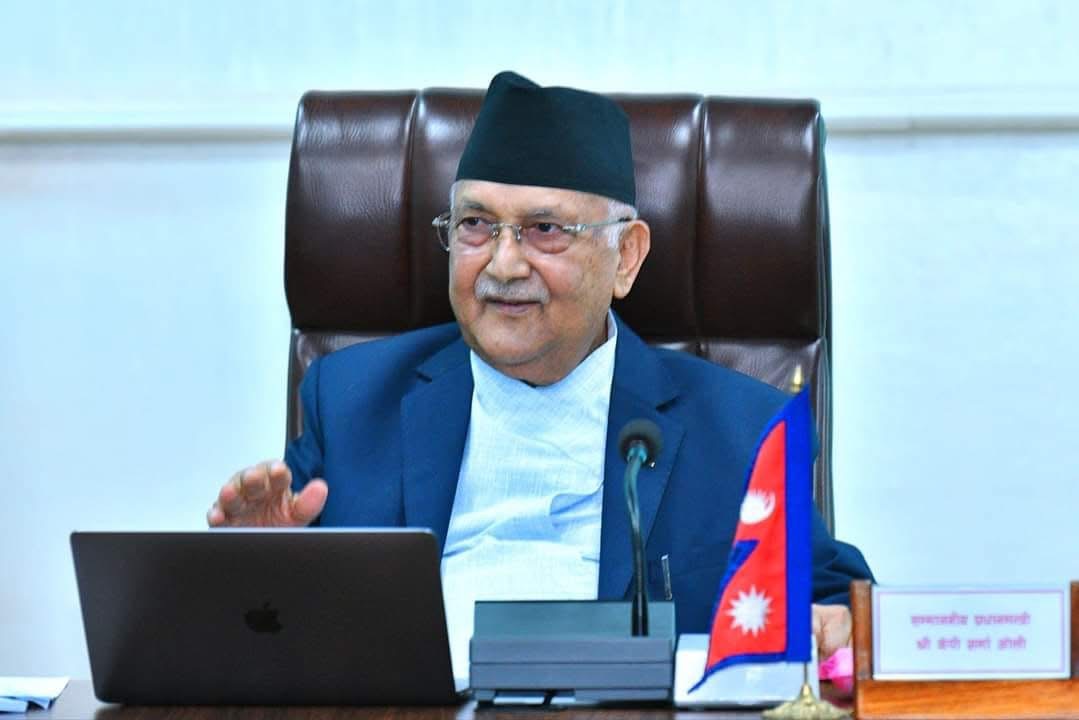Nepal’s Prime Minister KP Sharma Oli resigns amid youth-led protests
Kathmandu, Nepal —Prime Minister KP Sharma Oli has officially resigned from his position after days of large protests across Nepal. Most of the protesters were young people who were angry about the government’s decision to block social media and about reports of corruption. The protests grew quickly and became one of the most serious political movements in recent years.
Why Did People Protest?
The government had blocked popular social media platforms like Facebook, Instagram, and TikTok. Many young people use these platforms to communicate, share ideas, and organize events. When the government stopped access, people felt like their voices were being silenced. At the same time, there were reports that some leaders were involved in corruption and were not being punished. This made people even more upset.
What Happened During the Protests?
The protests started peacefully but quickly grew bigger and more intense. Thousands of people came out into the streets in Kathmandu and other cities. They shouted slogans like “KP Chor, Desh Chhod,” which means “KP thief, leave the country.” Some protesters broke curfew rules and marched to government buildings. Oli’s residence in Balkot was one of the places that was set on fire.
Sadly, the protests led to violence. At least 19 people died, and more than 300 were hurt in clashes with police and security forces. The situation became so serious that some government ministers resigned to show support for the protesters. These included the Home Minister and two leaders from the Nepali Congress party.
Oli’s Resignation Statement
In his official resignation, KP Sharma Oli said:
“I was appointed Prime Minister on Asar 31, 2071 BS, under Article 76(2) of the Constitution of Nepal. Considering the extraordinary situation prevailing in the country and in order to facilitate further efforts toward a constitutional political solution and problem resolution, I hereby resign from the office of Prime Minister, effective immediately, under Article 77(1)a of the Constitution.”
What Did People Say?
One young protester in Kathmandu said, “We are not just fighting against one leader. We are fighting for our future. We want a government that listens to us and respects our rights.”
Many people shared similar feelings. They said they were tired of corruption, censorship, and leaders who don’t care about ordinary citizens.
What Happens Next?
Now that Prime Minister Oli has resigned, Nepal is entering a new phase. There is no clear plan yet for who will lead the country next. Some people are asking for a temporary government that includes leaders from different parties. Others want new elections to choose fresh leaders.
Young people, who played a big role in the protests, are expected to stay active and continue pushing for change. Many believe this moment could be the start of a new chapter for Nepal—one with more honesty, freedom, and respect for the people.

